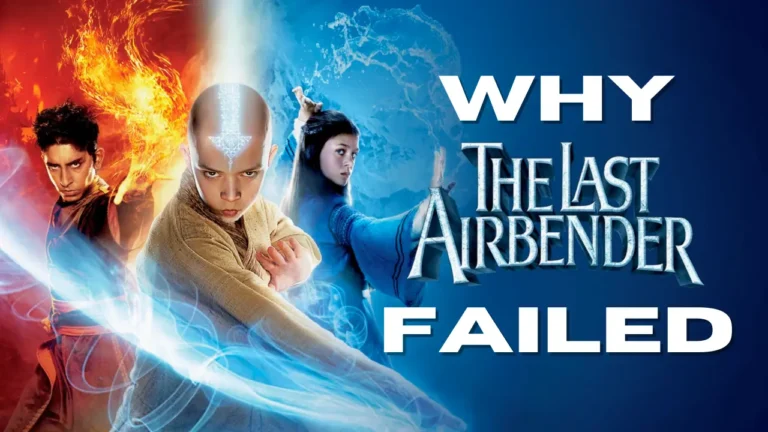Table of Contents
ToggleAs an avid fan of the animated series Avatar: The Last Airbender, I was thrilled when news of a live-action adaptation surfaced. However, my excitement quickly turned to disappointment upon witnessing M. Night Shyamalan‘s interpretation of this beloved show. Released 14 years ago, The Last Airbender movie remains a sore spot for fans, myself included, as it failed to capture the essence and depth of the original series.
Characters: A Misrepresentation of the Beloved Heroes
Central to any narrative are its characters, and Avatar: The Last Airbender excelled in creating dynamic, relatable protagonists. However, the movie version fell short in this regard. Not only were the characterizations shallow, but even the pronunciation of their names was altered, showing a lack of respect for the source material.
Take Aang, for example. In the show, he is depicted as brave and selfless, willing to stand up against formidable foes despite his age and size. Conversely, the movie portrays him as timid and fearful, a stark departure from his animated counterpart. Scenes that should have showcased Aang’s bravery, like his confrontation with Zuko, were diluted, robbing the character of his defining traits.
Zuko’s Scar: Symbolism Lost in Translation
Another pivotal character, Prince Zuko, suffered from a lack of depth in the film. Zuko’s scar, symbolic of his inner turmoil and redemption arc, was barely visible, diminishing its significance. Additionally, crucial scenes highlighting Zuko’s relentless pursuit of Aang, which showcased his complex character, were poorly executed in the movie, failing to convey his inner conflict and drive.
Sokka: From Leader to Brooding Figure
Sokka, known for his humor and leadership in the series, was reduced to a brooding, unrecognizable character in the movie. His witty charm and strategic prowess, which defined his character in the show, were overshadowed by a pessimistic and hesitant portrayal, further detracting from the film’s credibility.
Plot and Narrative: Departure from the Original Series
One of the most glaring issues with the movie was its departure from the original series’ plot and narrative. The film lacked a coherent storyline, with characters meandering from one scene to the next without a clear purpose. The omission of key plot points, such as Aang’s journey to the Northern Water Tribe for waterbending training, further highlighted the film’s failure to grasp the essence of the source material.
Misrepresentation of Bending: A Fundamental Flaw
Central to the series is the concept of bending, the ability to manipulate the elements. However, the film’s interpretation of bending was flawed, deviating from the established rules. Firebending, for instance, was portrayed as requiring existing fire, contrary to the original series where firebenders could generate flames from their own chi. This fundamental misunderstanding of bending undermined the film’s credibility and alienated fans.
Technical Flaws in The Last Airbender: Poor CGI and Editing
Beyond its narrative shortcomings, The Last Airbender was plagued by technical flaws, including poor CGI and editing. The overreliance on CGI for bending effects resulted in comical and unrealistic action sequences, diminishing the impact of crucial moments in the film. Additionally, the editing was choppy and disjointed, failing to maintain the film’s pacing and coherence.
Conclusion: A Disappointing Adaptation
In conclusion, The Last Airbender movie failed on multiple fronts, from its misrepresentation of beloved characters to its departure from the original series’ narrative and flawed technical execution. As a fan of the series, it pains me to see such a beloved story mishandled on the big screen. Here’s hoping that future adaptations, such as the upcoming Netflix series, will do justice to the rich and immersive world of Avatar: The Last Airbender.






